Mulan: The biggest differences between the animation and the live-action movies
From no Mushu to a new villain, these are the biggest differences between the two versions of Mulan
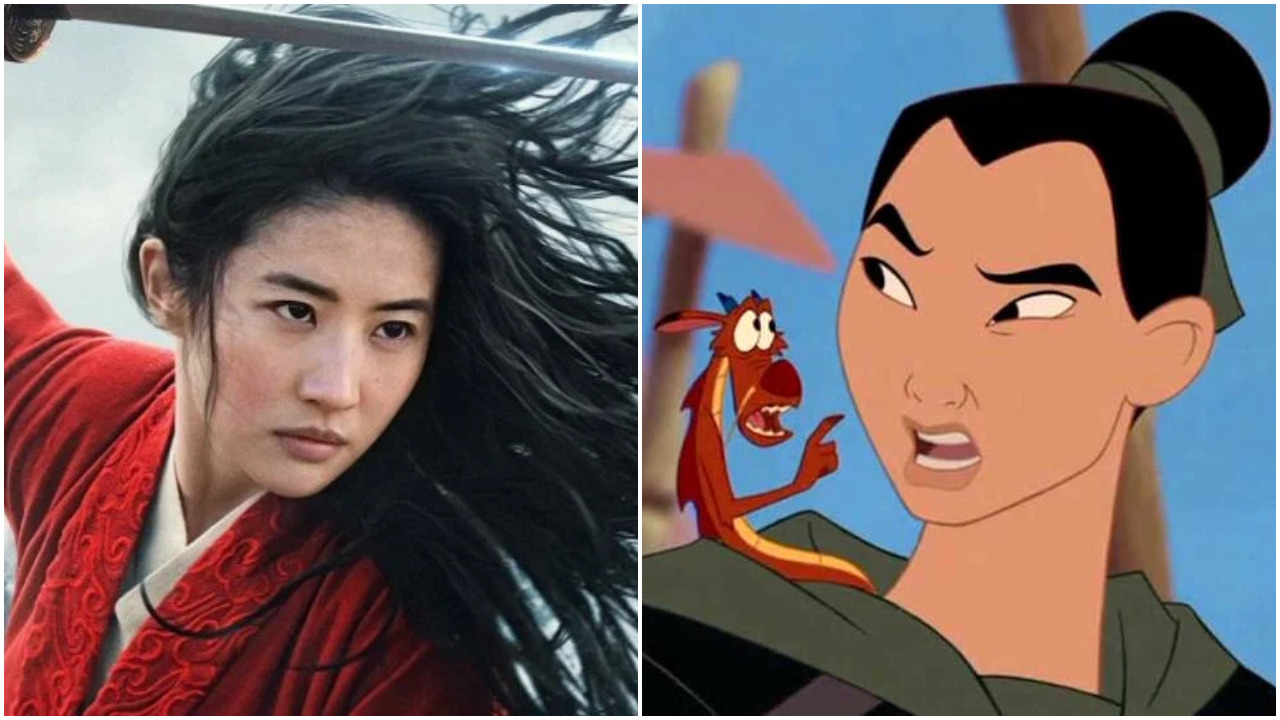
Disney’s latest live-action remake sees the return of Mulan to the small screen following the studio’s decision to release it on Disney Plus. The narrative backbone of this version remains the same: when Northern invaders threaten China, the Emperor calls on one man from each household to fight in his imperial army. After disappointing the matchmaker of the village, Mulan takes the place of her disabled father, adopts the alter-ego Hua Jun – instead of Ping as depicted in the original movie – and joins the army to become a warrior worthy of defending her country.
However, compared to the previous Disney Renaissance redos, director Niki Caro’s film has made far more changes to the story and characters to deliver a more serious and less Americanised interpretation of the classic Chinese tale. Some of those changes have been known for several months like the fact that this cast is completely Asian with no American accents. Liu Yifei plays the titular role with legends of Asian (and Western) cinema Donnie Yen, Tzi Ma, Rosalind Chao, Jason Scott Lee, Ron Yuan, Gong Li, and Jet Li in support. But as much as the cast’s heritage is more broadly authentic than the original, they are still speaking accented English despite the entire film being set in Ancient China.
No songs
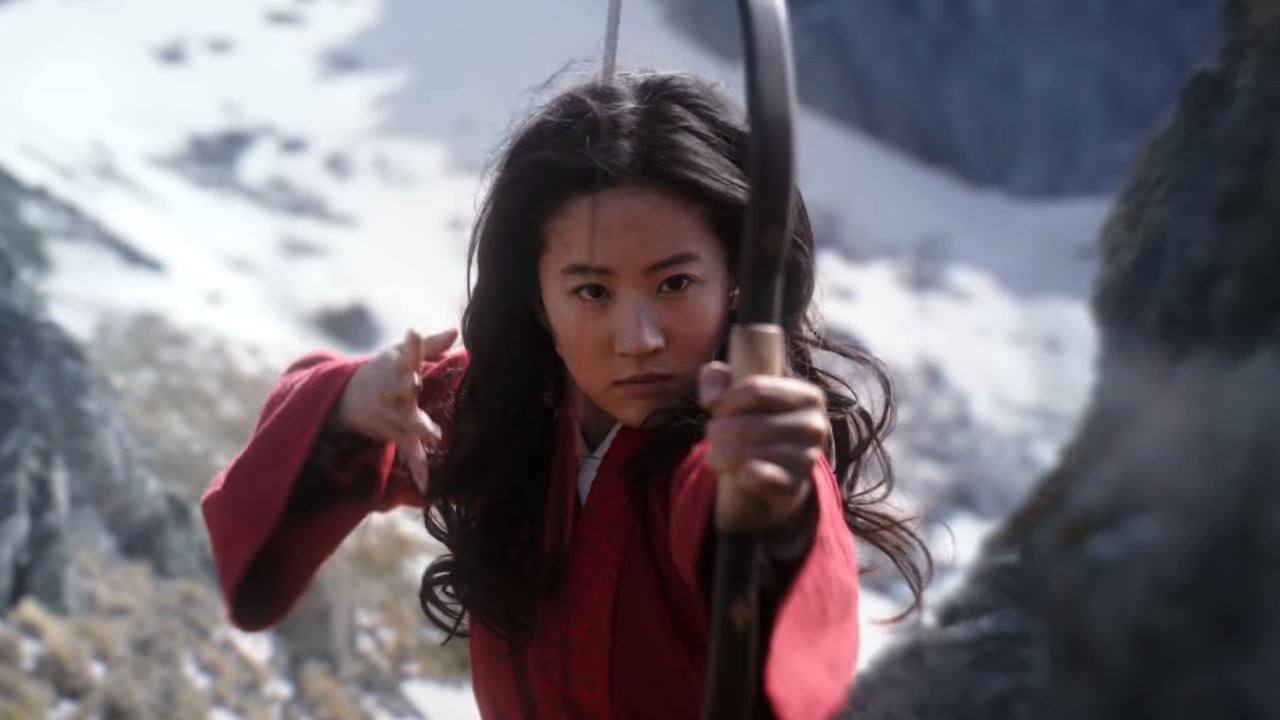
Other well-known changes include the removal of all the songs written by Matthew Wilder and performed by the voice cast for the 1998 musical animation. Instead, the filmmakers chose to pay homage to those memorable tunes through the score and by turning some lyrics into lines of dialogue.
The line, “I don’t care what she looks like; I care what she cooks like,” from the song “A Girl Worth Fighting For” is uttered by one of Mulan’s fellow soldiers. Later, the song “Reflection” is used to soundtrack key moments, in instrumental form, including the scene in which our heroine does away with the male disguise to fight as Mulan. However, Christina Aguilera has recorded a new version of the song that can be heard during the end credits.
Character changes

Then there’s the removal of key animated characters Mushu, Mulan’s dragon sidekick voiced by Eddie Murphy and Li Shang, the army captain, and love interest voiced by B.D. Wong. Murphy’s guardian might have been enjoyed by Western audiences but, according to the producers, many in China felt it was a disrespectful representation of the sacred animal.
"The dragon is a sign of respect and of strength and power and sort of using it as a silly sidekick did not play well with a traditional Chinese audience," producer Jason Reed told Collider. An American accent would also be pretty out of place for this more grounded, authentic attempt at retelling the “Ballad of Mulan”, though the filmmakers haven’t totally dispensed with the mystical. A non-speaking, CGI phoenix has become the spiritual representation of Mulan’s ancestors instead.
Li Shang’s role has been removed and split into the two new characters Commander Tung and Chen Honghui played by Donnie Yen and Yoson An, respectively. Tung is the high ranking leader of the Imperial Army and a mentor to Mulan while Chen is a fellow army recruit who serves as Mulan’s love interest. The filmmakers felt that this tweak to the romantic storyline would make it less problematic as the two recruits are on an equal footing rather than Li Shang being Mulan’s superior.
Bringing all the latest movie news, features, and reviews to your inbox
As Reed explained it: “I think particularly in the time of the #MeToo movement, having a commanding officer that is also the sexual love interest was very uncomfortable and we didn’t think it was appropriate.”
More feminist
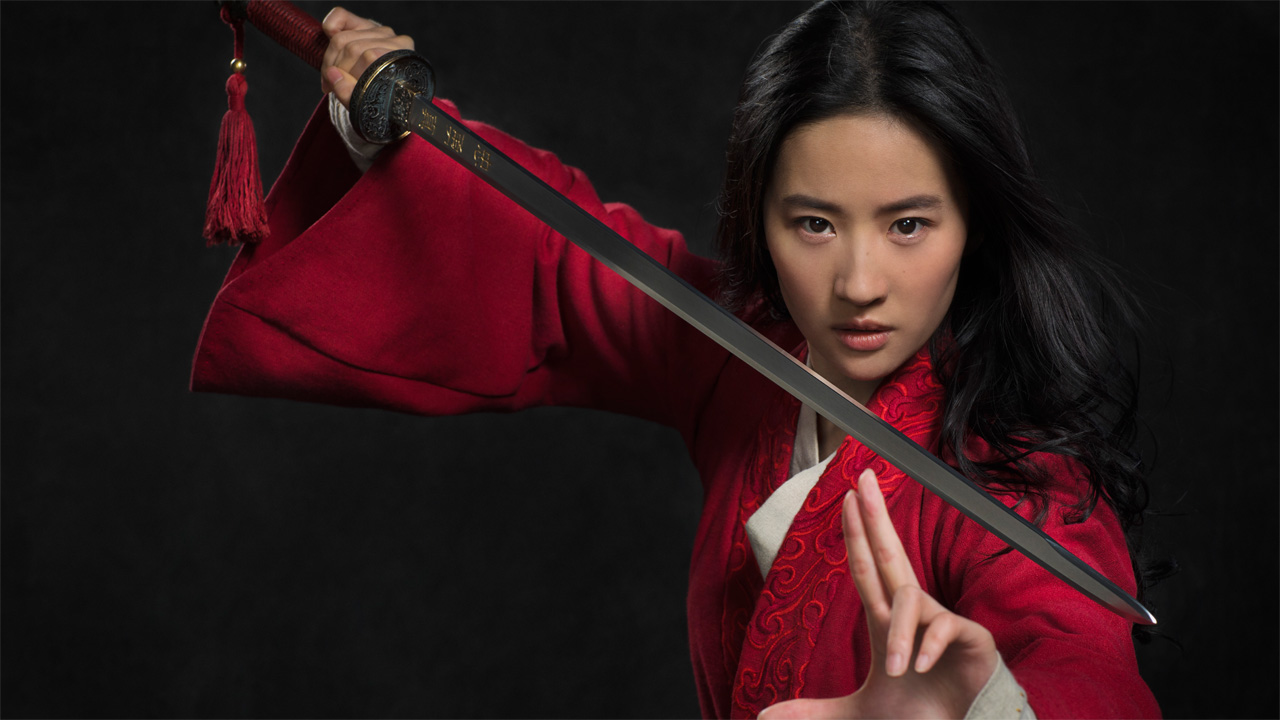
Mulan has always been considered a feminist story and the filmmakers were keen to make this version even more empowering. For instance, instead of the heroine being somewhat inept when it comes to fighting, before and during her military training, the 2020 Mulan establishes her background as a warrior early on. Her war-hero father had been training her up from a young age, as though she was a boy, which is a nod to Mulan’s Ballad origin story. And not that this is particularly a feminist moment but Mulan also doesn’t chop off her hair to join the army as it was normal for men to have long locks back then too.
The inclusion of a few new female characters also helps to tip the gender balance, though it is still, of course, heavily male. One new role is Mulan’s younger sister, Hua Xiu (Xana Tang) with original Mulan voice actor Ming-Na Wen making a cameo appearance at the end as a courtier to officially introduce Yifei’s heroine to Jet Li’s Emperor.
Then there’s Xian Lang (Gong Li), a powerful witch with shape-shifting abilities who is the live-action replacement for Hayabusa the falcon from the original animation. But Xian Lang isn’t your typical Disney villainess; her decision to ally with the movie’s main antagonist Bori Khan (Jason Scott Lee) is because he promises to give her power once he overthrows the Emperor (Jet Li). She wants equality for women but as we know from the matchmaker scene, women should know their place and prepare themselves for matrimony, not war. But it is more than womanhood that Mulan and Xian Lang have in common - they both were born with a serious amount of chi.
The Force is Strong in this one
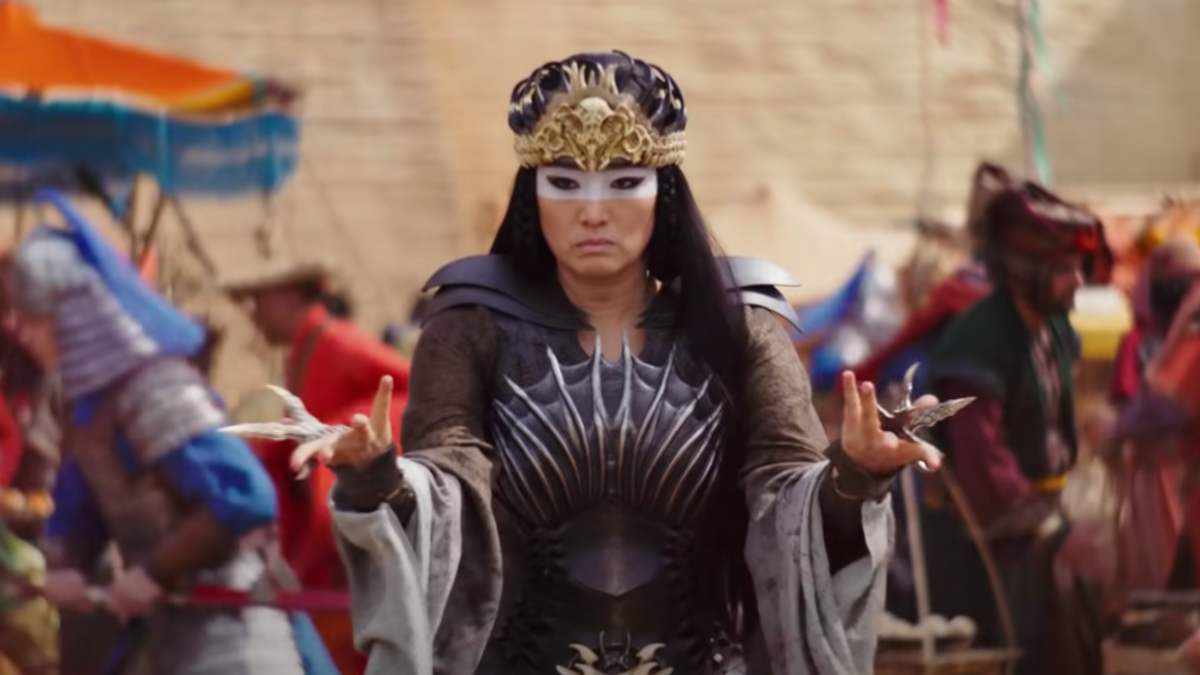
Even though Caro wanted to make a more realistic interpretation of Mulan, that hasn’t stopped the writers adding a mystical element to the titular warrior’s abilities. Like the Force from Star Wars, Mulan was born with this spiritual power that makes her stronger, faster, and more agile than most. Witnessing this power, Mulan’s father tells her to suppress it so she won’t stand out and be vilified by the community. It’s this attitude the young heroine brings with her into the army until it comes out in a fight scene and she’s encouraged to make a man out of herself.
Xian Lang similarly has a high concentration of this life force but, as a girl, was deserted by her village when she exercises it through shape-shifting. She recognises the chi in Hau Jun but explains only when Mulan is being her authentic human self can she wield it at its most powerful.
“At first, she was more of a blatant über-villain,” Mulan co-writer, Amada Silver, told Vanity Fair of Xian Lang. “The truth is that women with power have been vilified for a very long time. The more powerful they are, the more threatening they can be.”
Enemies at the gate
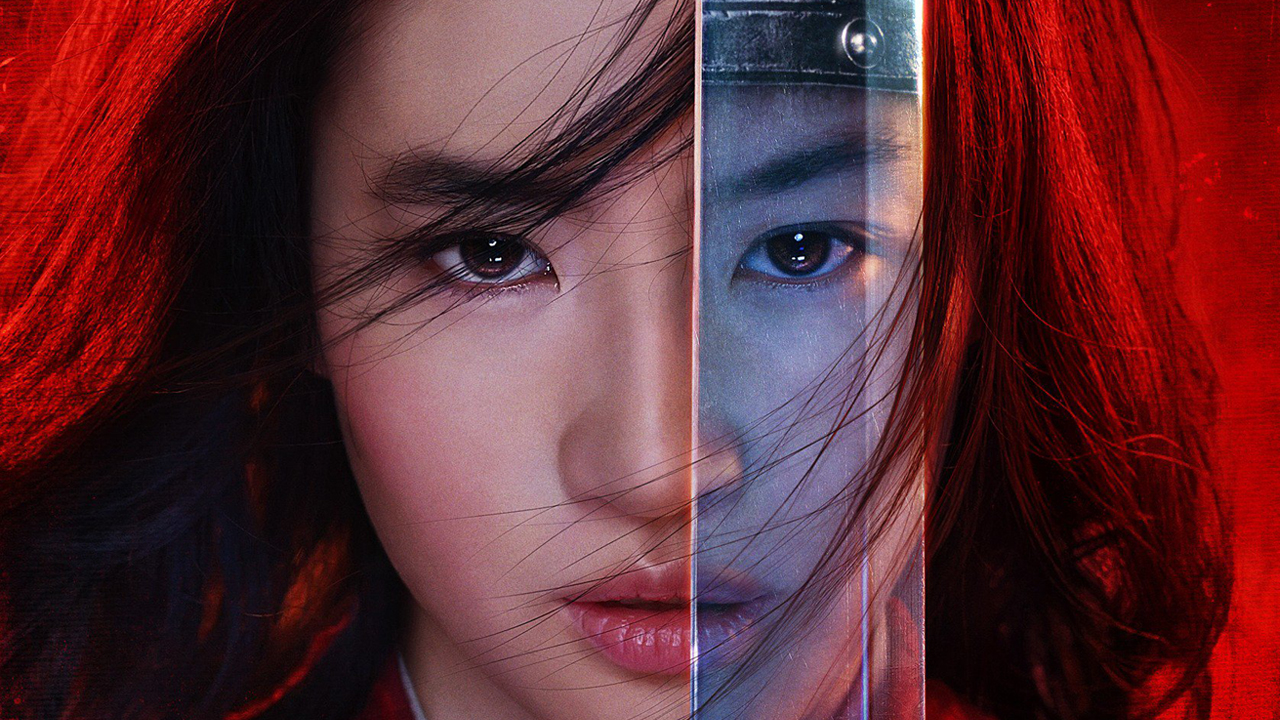
China is still under attack by Northern invaders but instead of Shan Yu leading the Huns, it’s Bori Khan leading a posse of Mongolic warriors called Rouran. The change was meant to make Mulan more historically accurate but the Northern Wei dynasty, who she was fighting for in the “Ballad of Mulan”, was originally a nomadic Mongol people too, and only later were they sinicised by the Tang dynasty. This makes it somewhat problematic that the Rourans are depicted as dark-skinned (except Gong Li) Islamic-looking baddies compared to the light-skinned goodies.
Khan’s first attack is also different. He does not breach the Great Wall of China rather a merchant town located on the trading route of the famous Silk Road. This backdrop was recently used in Disney’s live-action Aladdin to position Agrabah and excuse the Orientalist trappings of the original animation by giving historical context to the multiethnic casting.
Fight! Fight! Fight!
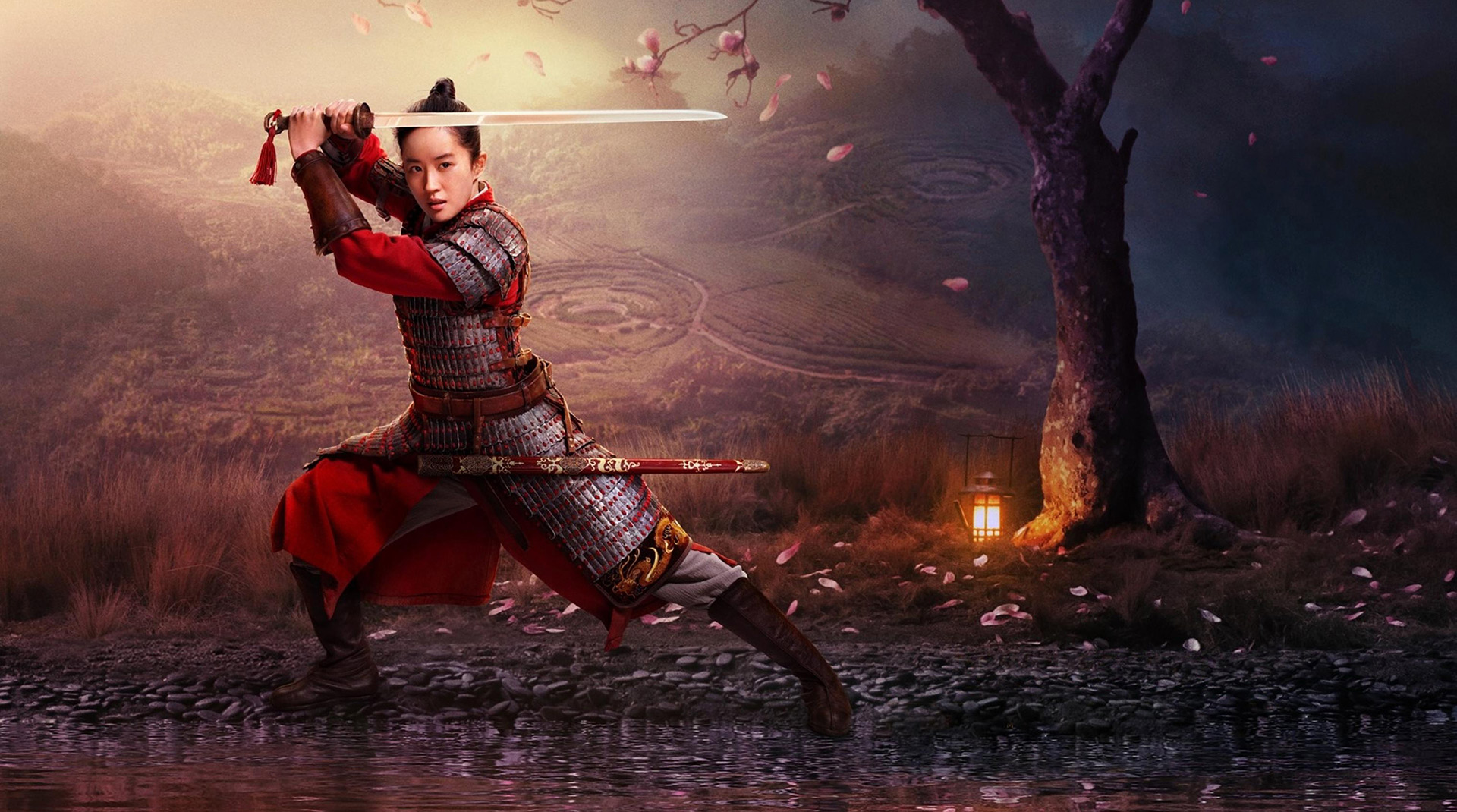
For what Mulan lacks in songs, it makes up for in action sequences. Caro brought in the big guns of Wuxia cinema to help produce the battle sequences and fight choreography. William Kong brought some of the martial artistry seen in his films Crouching Tiger, Hidden Dragon and Fearless to Mulan including the exaggerated use of Qinggong, which sees characters flying across buildings, scaling trees, and high walls. Caro certainly made good use of martial arts legends Donnie Yen and Jet Li, a welcome change to the latter characterisation of the Emperor to allow Li to show off his skills.
These battle sequences are also far more explicit than one is used to seeing in an animated movie. The audience sees blood (albeit briefly in one scene) as well as swords and arrows penetrating their target and lingering on the bodies.
Hanna Flint is a freelance film and TV critic who has bylines at GamesRadar+, Total Film magazine, Variety, BBC Culture, The Guardian, British GQ, IGN, Yahoo Movies, and so many other publications. Hanna has also appeared as a critic and commentator on Sky News, Sky Cinema, BBC World Service, and BBC Radio 5 Live, and can be frequently found as a Q&A host at MTV UK, BFI, and BAFTA. When Hanna isn't writing reviews, interviews, and long-form features about the latest film and TV releases, she specializes in topics concerning representation and diversity.


